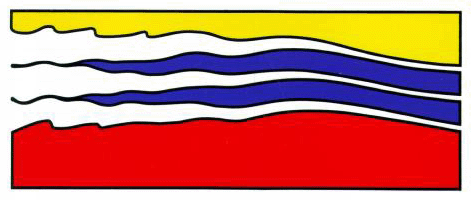Geophysics and geodesy
After some years as carpenter, Hans-Peter Plag studied mathematics and
geophysics in Berlin and obtained his PhD in
Natural Sciences in 1988 from the Free
University of Berlin.
From 1988 to 1997 he was head of a research group in geodynamics at
the University of Kiel, Germany. During that time,
he was also active in environmental movements and later a member of the Green Party. Among
others, he was the lead author of a concept for waste reduction and
recycling, which contributed to a significant reduction in waste and an
increase in recycling. In his teaching, he introduced the students to the concept of
sustainability and challenged them with the
question of how Earth sciences can contribute to
a successful quest for a sustainable development.
In 1995, he worked for five months at the Proudman Oceanographic Laboratory,
Bidston, United Kingdom.
From 1997 to 2004 he was the head of the department âÂÂGlobal
referenceâ at the Geodetic Institute of the
Norwegian Mapping Authority in Norway, where he
also was professor (mathematical models in
geodesy) at the University of Oslo.
From 2004 to
2012, he was a research professor at the
University of Nevada, Reno, and affiliated with
the Nevada Geodetic Laboratory and the Nevada
Seismological Laboratory.
From 2012 to 2013, he held the Chair on Global Change and
Sustainability and was the Director of the
Global Change and Sustainability Research
Institute (GCSRI), University of the
Witwatersrand, Johannesburg, South Africa.
In June 2013, he joined ODU as the Co-Director of
the Climate Change and Sea Level Rise Initiative (CCSLRI)
and Professor in the Department of Ocean, Earth
and Atmospheric Science. He also is a Visiting
Professor at the Stevens Institute of
Technology, Hoboken, NJ, USA. Since April 2014, he is the director
of the Mitigation and Adaptation Research Institute
(MARI).
Research Interests
His main fields of expertise are in sustainability, global and climate
change, local to global sea level changes, Earth
system dynamics, solid Earth geophysics, the
rheology of the Earth's mantle and continuum
mechanics, deformation of the solid Earth, space
geodesy and geodetic reference frames. He has
provided scientific advise to private companies
and governmental committees, particularly with
respect to future sea level rise. Current main
professional activities are related to the Group
on Earth Observations (GEO), which is
implementing the Global Earth Observation System
of Systems (GEOSS). In his career, he has led
more than fifteen large international projects,
chaired international programs and committees,
organized numerous international workshops and
conferences, often as chair of the program
and/or organizing committees, edited many
special issues and proceedings, and coordinated
and edited two international and
interdisciplinary community reports with up to
40 participating authors. Since 1994, he is a
member of the Editorial Board of the Journal of
Geodynamics and since 1996 Editor-in-Chief for
geodesy for Physics and Chemistry of the Earth.


